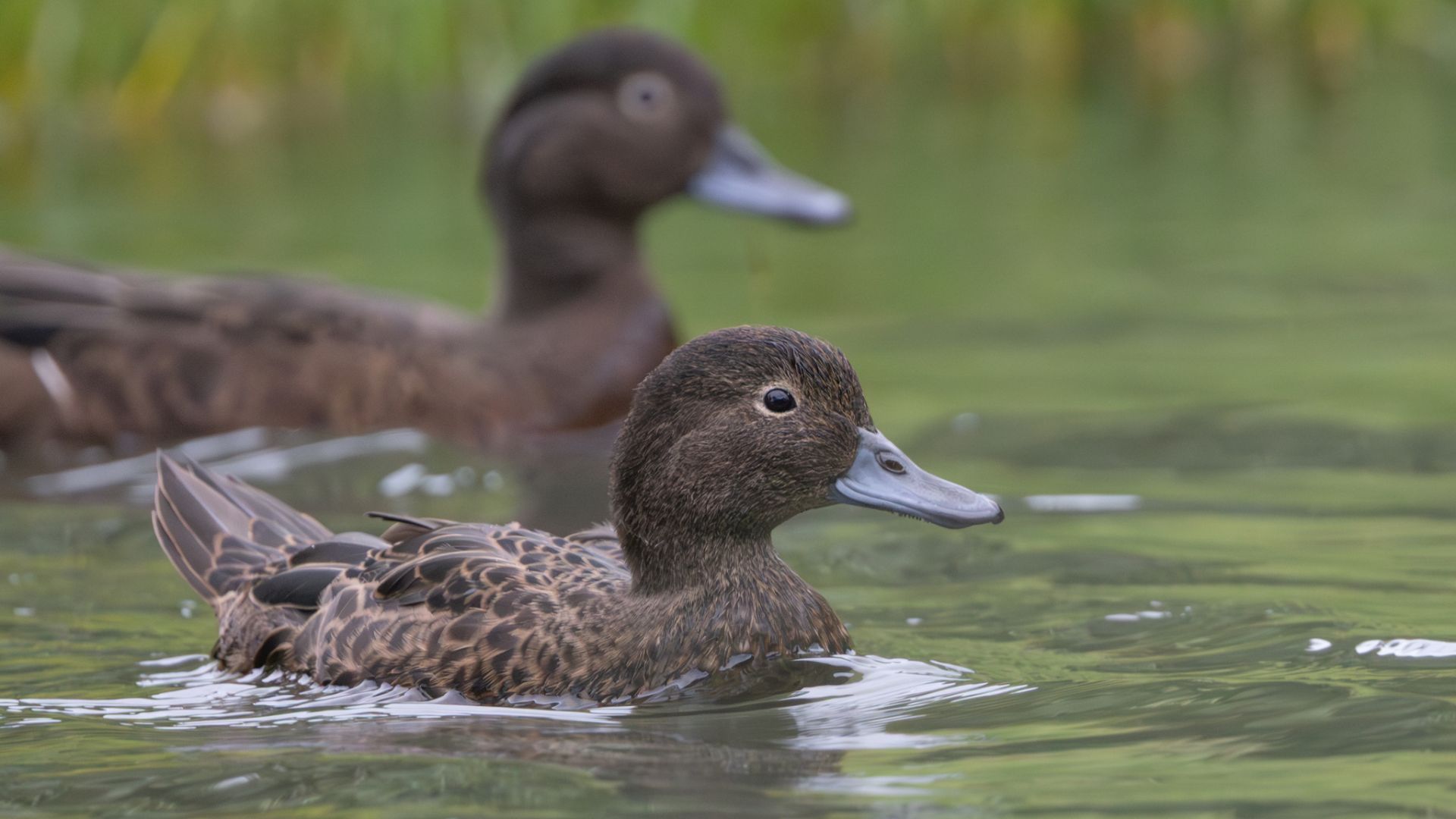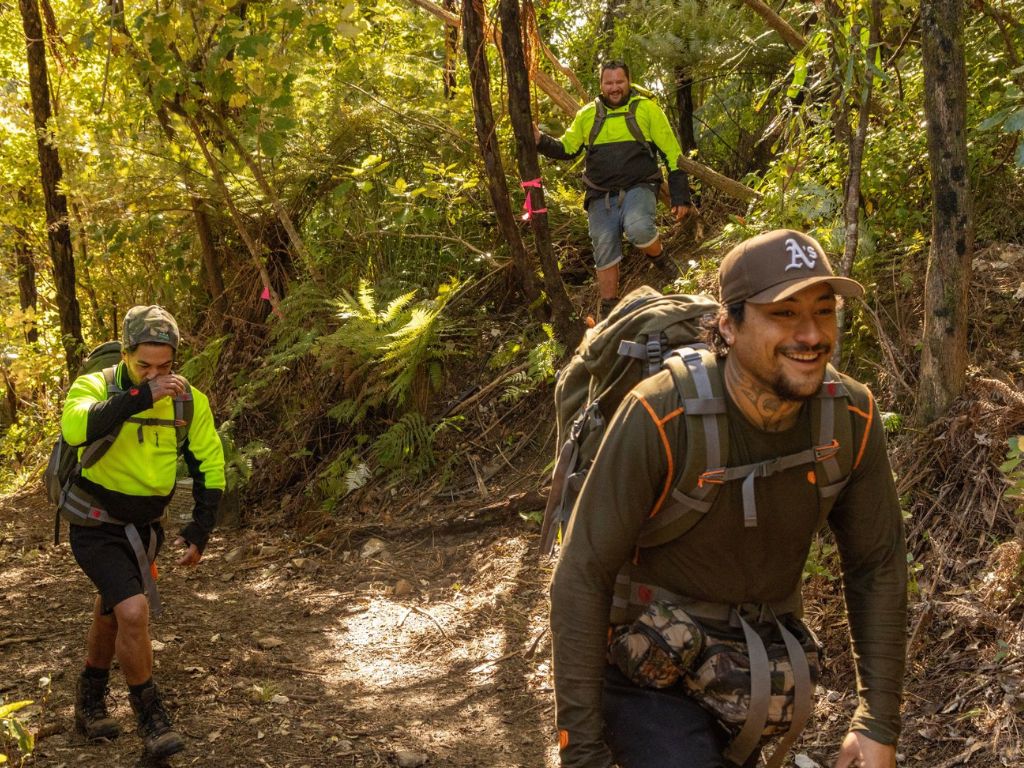A new study has revealed the pāteke (brown teal) on Aotea (Great Barrier Island) is at serious risk of local extinction within the next 100 years. The Cawthron Institute study found there’s a 46% chance the birds could disappear completely, and a 99% chance their numbers could fall below 50.

From everywhere to (almost) nowhere
When you picture endangered birds in Aotearoa, ducks probably don’t come to mind.
Before humans arrived here, the endemic pāteke (brown teal) was the most common waterfowl species in the country. It is now one of our rarest birds, with an estimated population of only 2,000 – 2,500 across just a handful of locations mostly in the North Island. Thanks to conservation efforts, pāteke populations are making a comeback, but they’re in trouble on Aotea (Great Barrier Island).
With the pāteke population on Aotea steadily declining since 2010, Dr Finnbar Lee of Cawthorn Institute led a study to better understand the reasons for their decline and what conservation strategies will be most effective to ensure their survival.

Like many other species, pāteke are at risk from climate change and habitat loss, but the study found that the most significant threat to their survival is predation.
Good habitat, deadly neighbours

With its dunes and vast wetlands, Aotea is the perfect habitat for pāteke to thrive.
Unfortunately, they are no match for the invasive predators that also find Aotea the perfect habitat. Due to the temperate climate, rats breed all year round, and feral cats run rampant (there are no possums, stoats, weasels or Norway rats on the island).
Weighing in at just over 500 grams, pāteke are around half the size of the common mallard duck, and although they can fly, they are reluctant to do so and instead prefer to swim away from predators.
Can pāteke on Aotea recover?
Using population viability analyses and species distribution modelling, the researchers concluded that the best chance to protect pāteke is to target conservation efforts on protecting adult birds.
“We’ve known for a long time that pāteke have been struggling, but this research quantifies just how serious the situation is.
The key to slowing their decline is protecting adult birds, as our modelling shows this has the biggest impact on population growth,” Dr. Lee says.
One of the most effective conservation strategies is predator control. Department of Conservation and community predator control efforts have been undertaken on Aotea for over 20 years, holding the line. Many island residents do their part, enhancing ponds or wetlands on their property, keeping dogs on leashes, trapping and helping with flock counts.
In 1986, the island’s pāteke population was estimated at 1,200 birds. By 2021, that number had fallen to just 447 individuals. It has grown slightly and is now estimated to be around 667 individuals.
A new chapter for pāteke
Hayley Alena, a contributor to the study from The University of Auckland’s School of Environment, says, “although multiple threats have led to their [pāteke] decline, multiple conservation efforts can be taken to help bring them back.”
In 2022, a large-scale, mana whenua-led initiative began on Aotea to eradicate feral cats and ship rats. Called Tū Mai Taonga, the project is already making progress.
Most feral cats have been removed from the northern part of the island, Te Paparahi. This year, the team will use insights from that first zone as they continue their work to the south.
Meanwhile, rats have been removed from two nearby outer islands.

The study is a wake-up call, but also an opportunity. If efforts like Tū Mai Taonga succeed, pāteke have a better shot at a future on Aotea. If not, the island could lose one of its longest and rarest residents for good.

